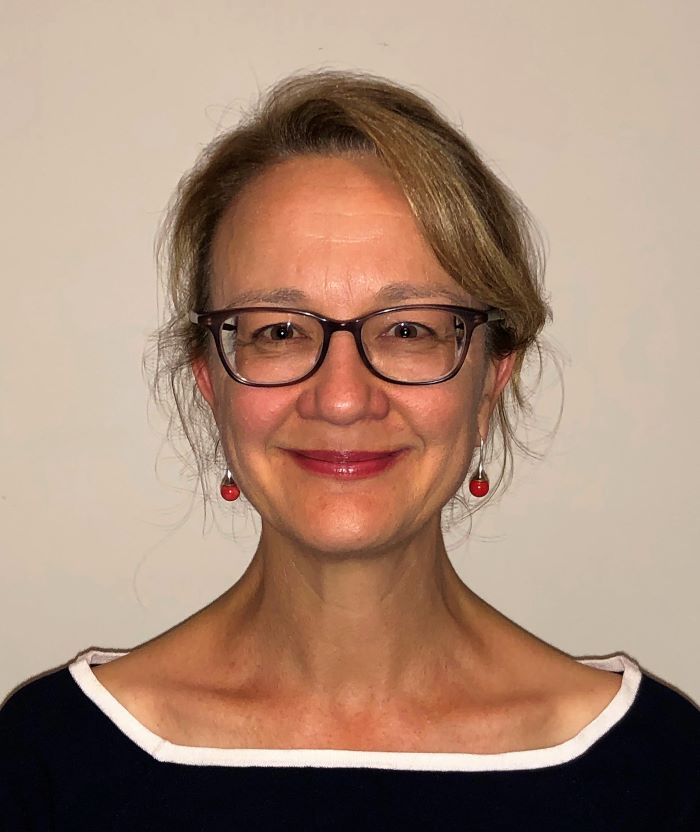Indigenous Health Service Sets Its Sights on Hep B
As a GP with over 20 years of experience working in Indigenous health across Australia, Dr Jodi Stevenson is acutely aware of the impact liver disease and viral hepatitis has in these communities.
In a clinical audit conducted at Inala Indigenous Health Service, Dr Stevenson identified that a high number of patients with hepatitis B were not receiving the care they needed to manage their condition.
“Many hepatitis B patients were referred to specialists for care, but more than half were not attending these appointments,” Dr Stevenson said.
“There was a high burden of so many things that made a difference to my patients attending an appointment: co-morbidities, sickness in the family, sorry business, unstable housing, transport issues, family conflicts and greater priorities. The more you struggle, the more chaos there is in the way of appointments.”
“The specialist model is appointment based and can be hard to access. As a GP I had 8 to 10 times more availability.”
Dr Stevenson and the practice set out to develop a hepatitis B model of care that was less rigid and centred on the patient.
She says building long-term relationships and adding an Aboriginal Health worker to the team has been key to highlighting the importance of hepatitis B with her patients.

“It’s become a disease they’re not forgetting about; it’s become normal and not something to be ashamed about.”
“Our Aboriginal Health worker Priscilla has been an incredible resource. She is seen as a trusted source of information and makes the experience more culturally inviting.”
“Priscilla makes the patients feel at ease and goes out of her way by helping with transport, undertaking home visits and accompanying people to appointments.”
Dr Stevenson says the audit also uncovered a need for more education for staff around hepatitis B.
“We found there were several misconceptions around hepatitis B, such as not understanding the significant impact the virus has on mortality rates as well as a need for education around what tests are needed and how to interpret the results,” she said.
As a result of the new model, Inala Indigenous Health Service is now exceeding many of the targets set in the National Hepatitis B Strategy.
“As well as raising our diagnosis rates of hepatitis B, we’ve been able to increase care for our patients with hepatitis B and even find HCC [hepatocellular carcinoma] earlier.”
To complement this new approach, Dr Jodi reached out to Hepatitis Queensland and applied for a grant through the B Stronger program. The B Stronger initiative aims to improve hepatitis B rates and care within indigenous communities and improve education about the virus among health workers.
“We used the grant to run drop-in testing events and provide incentives for patients attending their six-monthly surveillance visits.”
“Six-monthly visits are hard to achieve when people have competing priorities. The hoodies we produced really worked to get people to come along!”
Dr Stevenson says she feels immensely proud to work with First Nations peoples and admires the loving culture and rich history she is fortunate to experience.
“The richness of connecting with Indigenous communities isn’t something you learn from medical school,” she said.
“It’s about having good relationships and being a trusted source of information. It’s about listening and communicating at the patient’s level.”
When asked how hepatitis B elimination can be achieved, Dr Stevenson says more GPs need to see hepatitis B as a problem.
“There was poor education about it 20 years ago; the myth of the healthy carrier is a huge problem,” she said.
“Patients need more access to clinicians that can offer surveillance and treatment. More GPs need to be monitoring and treating.”
“One in four will die from long-term complications, so it’s important to get in early when the damage to the liver isn’t as great, so you don’t get these terrible consequences.”
“You’re going to save someone’s life.”
